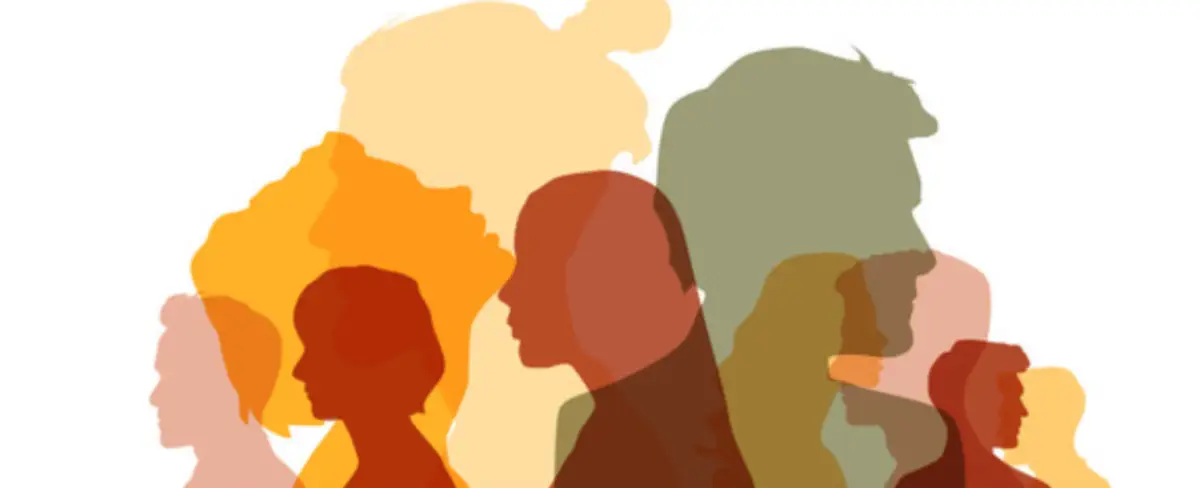What is the meaning of diversity as a concept?
Diversity means variety or difference and, in social science parlance, refers to the diversification of social situations and social affiliations. In practice, the term is used in various strategies and measures, of which diversity management, diversity training, diversity mainstreaming and anti-discrimination work are the most common. The socio-political basis of diversity lies in anti-discrimination policy, which was promoted by the US civil rights movements in the 1950s and 1960s; measures were taken in the public and partly in the private sector to reduce discrimination against minorities in access to education and work.
And what is the distinction to similar concepts?
Diversity management is an organisational development strategy that aims to ensure that not only the workforce reflects the diversity of the population, but also that the corporate culture explicitly welcomes and is shaped by different lifestyles, experiences, skills and perspectives. Diversity mainstreaming refers to a strategy for creating more diversity in the public sector workforce, for example by reaching and providing as many parts of the population as possible with administrative ‘products’; the concept is also based on that of gender mainstreaming, which is about gender equality and equal opportunities in administrations and politics. Anti-discrimination refers explicitly to social categories, to members of certain minority groups; at European (and national) legal level, for example, the anti-discrimination directives protect against discrimination on the basis of gender, disability, ‘race’ or ethnic origin, religion or belief, sexual orientation and age. Intersectionality is a concept which refers to intersecting dimensions of diversity, similar to intersections in a traffic system. Usually in includes gender, race/ethnicity and class. As a concept, it was invented by the black feminist lawyer Kimberlé Crenshaw in the 1980s. As an idea, it is much older and rooted in the Civil Rights Movement and the Women‘s Movement as well.
What are the different goals and perspectives of diversity?
In diversity studies, which are still in their infancy, a distinction is usually made between three different perspectives on or objectives of diversity: firstly, the economic-market-oriented market access and legitimacy approach, which is primarily concerned with competitive advantages through diversity; secondly, the socio-moral fairness and anti-discrimination approach, in which legal and moral-ethical aspects of equal opportunities are central; thirdly, the resource-oriented learning and effectiveness approach, which incorporates approaches 1 and 2.
What about critical views on the concept of diversity?
Since its inception, the concept of diversity has also been criticised in many ways, referring to various aspects and formulated from different perspectives of racism criticism and anti-racism work or gender studies.
- Conflicting objectives: One point of criticism of the concept of diversity relates to the fact that the objectives of economic competitive advantage and moral and ethical equality of opportunity are usually conflicting, but are often not differentiated in the concept.
- Culturalising approach: In practice, this conflicting goal orientation then often leads to the adoption of a ‘culturalist’ approach to the perception of diversity, which in turn fails to take account of structural social inequalities and tends to neglect them by relying on an undefined concept of ‘cultures’.
- Homogenising approach: There is also a general problem with the orientation towards social categories and the associated construction of fixed group identities and homogenous groups that are unable to do justice to the more differentiated reality.
- Depoliticisation: Some critics of the concept of diversity argue that the dual target orientation threatens to depoliticise equal opportunity strategies and measures and that preference should instead be given to equality policies, such as those known and proven in anti-discrimination work and gender equality in particular.
- No inclusion of the inequality dimension of ‘class’: Another point of criticism relates to the fact that ‘class’ is not included in the frequently mentioned dimensions of diversity.
- Relationship between gender and diversity: Finally, there is still a controversy as to whether the focus on diversity supplants the gender perspective or whether, on the contrary, gender policy is perceived more strongly in connection with diversity and, for example by incorporating the concept of intersectionality, is also more appropriate to the diversity of the gender perspective.
Which dimensions does the diversity wheel of four layers of diversity consist of?
One of the best-known illustrations of the concept of diversity is the diversity wheel of the four layers of diversity according to Lee Gardenwartz and Anita Rowe. Lee Gardenswartz and Anita Rowe in their „Four layers of diversity“ make a distinction between different dimensions of diversity: a) Personality dimensions; b) Internal dimensions, such as race, age, gender, sexual orientation, physical ability, ethnicity, which are rather difficult to change; c) External dimensions: such as religion, education, work experience, geographic location, income, parental status, etc. and d) Organisational dimensions: work location, union affiliation, management status, field, group, seniority, etc.





